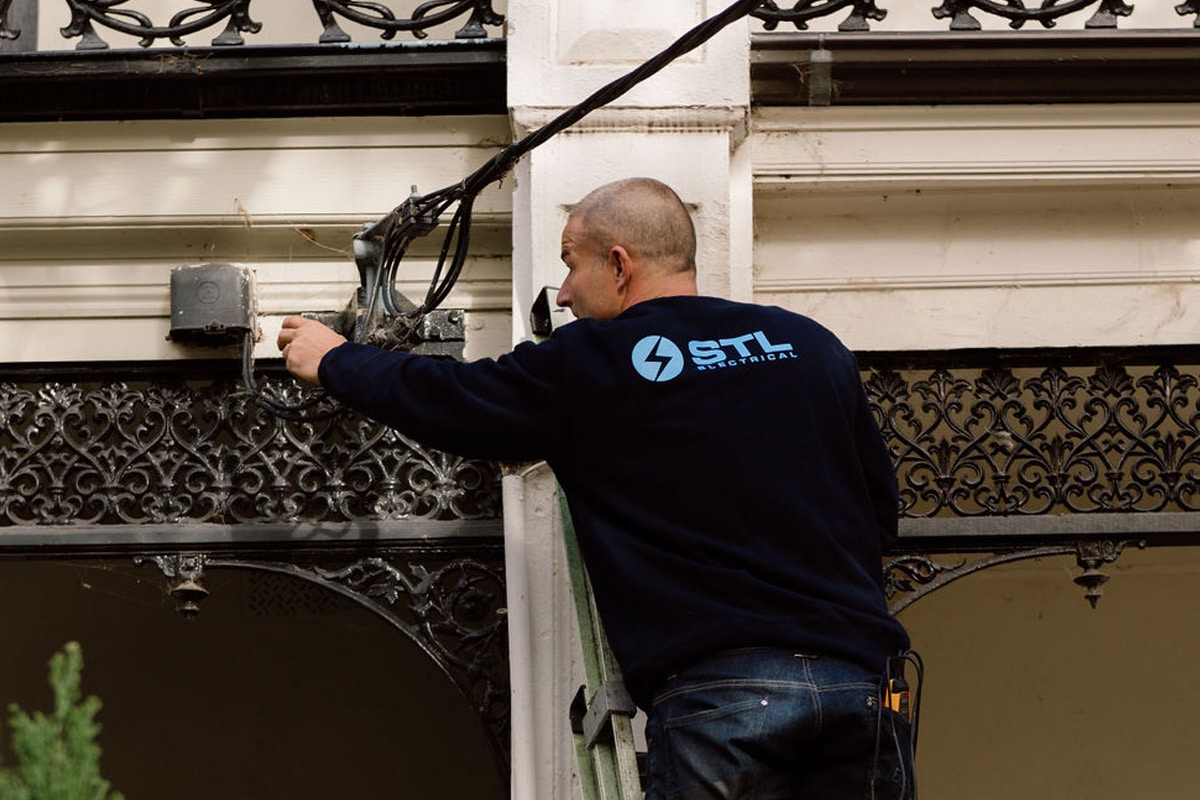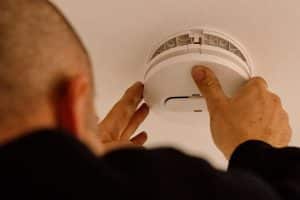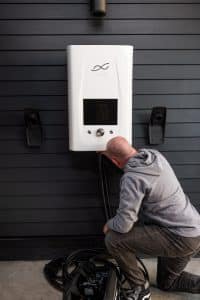Electrical wires are commonly installed as overhead lines. You see it above streets and infrastructures, hovering over houses and buildings.
But did you know that the preference for underground electric power has boomed in the Australian market? Especially in eco-preserved and nature-filled spaces, underground power cable systems are a more viable option for specific types of areas. Not to mention, they work best for areas with restricted space.
Whether it’s for a home or a commercial development, underground electric power has its own benefits.
Comparing overhead and underground electric power
Deciding on an electric power line is a huge choice to make. Apart from the apparent difference in placement, there are other factors that come into play when deciding to go with one over the other.
Overhead power
Overhead power lines are easily accessible and visible. If anything goes wrong with your power, it’ll be less work to check and repair. Installation is also less costly (labor and money-wise) because it doesn’t require digging up your yard. On days of heavy storms or snowfalls, you can rely on it to work without worrying about whether it’ll get affected by bad weather.
However, overhead power is incompatible with satellite dishes. These can also be dangerous if you’re not careful around high voltage lines.
Underground power
Unlike overhead power, underground power is much safer. It’s less likely to get damaged from weather conditions, and is less prone to causing fires or electrocution accidents. These can also be hidden from sight if necessary—a huge bonus point if you’re concerned about the overall look of your home or commercial space.
What are the cons of underground power? In some cases, it can cause property damage when digging for buried lines. And since it’s kept away from sight, it can be very difficult and expensive to check and repair.
If you’re looking for a clean, simple solution, go with overhead power. But if you want something that lasts longer and requires less maintenance, your best option is underground electric power. It all depends on preference and lifestyle, so remember to consider all of the factors before making your decision!
If you’re still undecided, speak with your local electrician so they can help you weigh out your options.
Process of connecting to underground power
Working on electrical lines can be dangerous if you don’t hire the right people. When it comes to installing underground power, a level 2 electrical contractor can do the job for you. They’re trained and certified to execute all steps safely and quickly—so you can sit back in confidence.
Here are some steps involved in the process of connecting to underground power.
- Running new cables from the road or different connection pillars to the property (pole to pillar connection)
- Connecting of new main cables from the pillar to the property’s meter box
- Removing any old lines, poles, or equipment
- Installation of transformer units or switchgear for proper distribution of power
It’s worth investing in hiring a licensed electrician who can ensure that you’re following the safety precautions and specifications. There are some considerations that need the help of a trained professional, such as:
- Depth requirements of wiring. Main electricity cables must be 500mm below the ground, however consumers who dig on their own land cannot go deeper than 30mm. These restrictions can change depending on the volts or amperes–higher values require that installation depth goes deeper.
- Alignment. Underground service must be parallel to the property line.
There are other rules that need to be followed, and no one knows these better than your electrician. Don’t be afraid to ask away. You can expect them to be fully transparent about the processes, and to be welcoming of any questions you might have.
How much does it cost to put electrical wire underground?
Is it cheaper to run power underground? The quick answer is no, the costs are more or less the same.
When installing underground service lines into a new property, costs can fall anywhere from $1500 to $3000. On the other hand, installing underground lines into existing properties with overhead lines can be a bit more expensive, costing at $3000 to $5000.
These numbers don’t take into account the costs of maintenance and possible repairs that were mentioned above.
Work with a certified electrician in Melbourne
Overhead power is the traditional way that homes have been powered for decades. In recent years, underground power has been offered as a safer and easier alternative. Switching from one to the other can be no hassle with the help of a licensed electrician.
Call STL Electrical for underground electric wiring at your house or office building. We’re Melbourne-based and open 24/7 for any electrical work you might need help with. We are respected commercial and domestic electricians that serve both residential and commercial properties.
Interested to start your project with us? Check out our full list of serviceable areas or call us at 0413 421 517 for a quotation!




